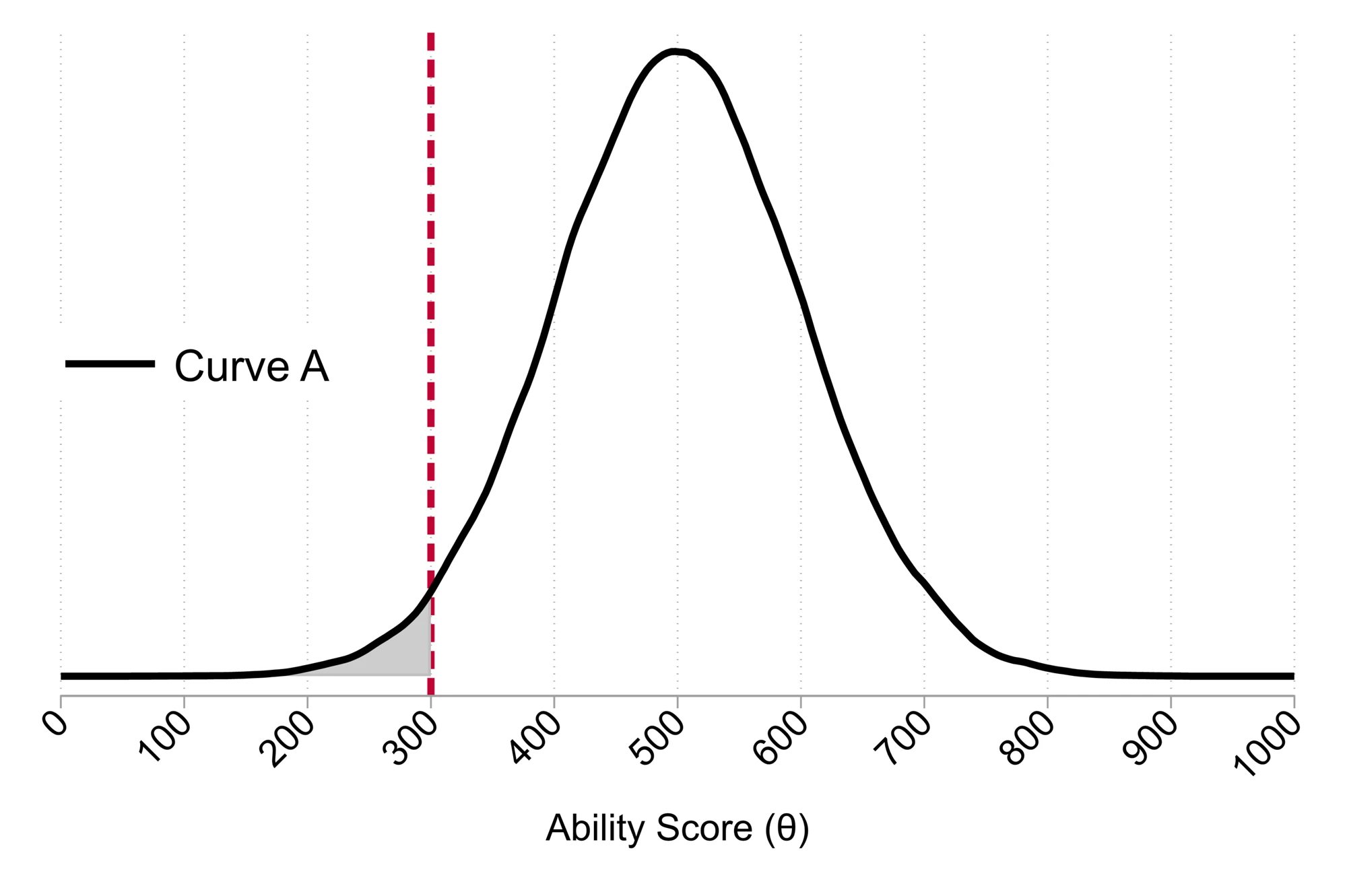 Green investment and business concept | Photo Credit: Monthira, Shutterstock
Green investment and business concept | Photo Credit: Monthira, Shutterstock
While 2018 was a standout year for the green bond market—with $167 billion issued globally—Latin America’s market declined significantly. After registering record issuances close to $4 billion in 2017, last year saw only $1 billion in new issuances for the region.
Interestingly, we also saw similarly lacklustre performance during the first quarter of 2019 in the global market. By the end of the first quarter it grew by just 3 percent—dwarfed in comparison to the 85 percent growth rate in 2018.
For Latin America, this year is bringing change. Following the issuance of two relatively big green transactions totalling $1.3 billion in the first quarter, increasing climate-aligned investor mandates, and environmental regulations, the region is seeing increased interest in financing infrastructure and projects via green-labeled debt instruments.
This upward trend, however, is far from uniform. With only a handful of countries, issuers, and sectors spearheading green bond issuance in the region so far, what needs to happen to ensure that robust growth in climate-aligned financing takes hold across Latin America?
Lay of the land
As noted earlier, compared to the previous record-year, global green bond issuance got off to a slow start in 2019. But despite slow issuance and the likelihood of a credit cycle turn, green bonds are expected to hit $180 billion worldwide by the end of the year, supported by strong market fundamentals and a steady flow of new issuers and financing instruments. We see the market now in line with projections of 8 percent growth year-on-year for 2019.
As already mentioned, we expect that Latin America’s green bond market could return to form by the end of the year. Indeed, this year’s transactions so far have been significant relative to the region, largely related to infrastructure and energy projects.
A closer look at the region
Despite sluggish growth in 2018, Brazil ranked among the top 10 emerging markets (excluding China) for cumulative 2012–2018 green bond issuance, according to the Climate Bonds Initiative.
Peru started the year strong, with Consorcio Transmantaro announcing plans to issue $400 million senior unsecured green notes to refinance and fund six transmission lines to connect green energy generation (mainly hydro and wind) to Peru’s National Interconnected Electric Power System. Assessing the proposed issuance under S&P Global Ratings’ Green Evaluation, we underlined the key role that such projects play in bringing renewable sources online.
Chile issued Latin America’s first sovereign green bond, with proceeds allocated to a range of infrastructure initiatives, including electrified public transport, renewable energy, and green building projects. This move underlines the Chilean government’s focus on sustainable investment and constructing a supportive policy framework. Indeed, our recent assessment of Latin America’s policy frameworks scored Chile as “very credit supportive” in every category: regulatory stability, independence, regulated rate setting, and future developments (this report is free to access but requires registration.)
Too few pioneers
Despite this investment and regulatory support, it’s important to note that green bond issuance in Latin America is highly concentrated in terms of countries, issuers, and sectors.
Brazil leads by far, accounting for 48 percent of total Latin American green bond issuers—with Chile and Mexico trailing at 16 and 13 percent, respectively. But the Brazilian market is dominated by a small pool of issuers: Klabin (which alone has issued $1 billion of green bonds), Suzano Papel e Celulose, Rio Energy, and Potami Energia.
Corporates have dominated the Latin American green bond market since 2014 with a 56 percent share, followed by development banks at 24 percent. Importantly, the corporates that are notably active in the green bond space largely hail from sectors more explicitly concerned with environmental objectives, such as Infrastructure, Power and Utilities, Forest Products and Paper.
However, green bonds are not exclusive to these types of issuers. As long as proceeds are directed to reducing carbon or water footprints or improving the direct or indirect resiliency of an asset, almost any entity can issue a green bond. For green finance to really take hold in Latin America, uptake needs to spread beyond the very concentrated issuer base we see today to issuers across all types, sectors, and regions.
Improving guidance around green financing and developing a supportive capital market infrastructure—such as the green bond guidelines (and dedicated green bond segment) launched by the Santiago and Lima stock exchanges in 2018—could also help boost issuances. With increased harmonization of frameworks and more clarity around disclosure and reporting requirements, issuers may be more inclined to label debt as “green.”
In turn, this may help capitalize on growing investor demand for assets that comply with environmental, social, and governance (ESG) criteria. Demand is already substantial: a worldwide survey carried out by RBC Global Asset Management found that 90 percent of institutional investor and consultant respondents believe that “ESG-integrated portfolios are likely to perform as well or better than non-ESG-integrated portfolios”.
Although yet to evolve in Latin America, preferential pricing for green bonds could also spur the market with pricing advantages potentially becoming more apparent as the credit cycle evolves.
These developments combined could help tap the significant untapped potential of Latin America’s green bond market—and underpin the region’s transition to a low-carbon economy.
Disclaimer: The content of this blog does not necessarily reflect the views of the World Bank Group, its Board of Executive Directors, staff or the governments it represents. The World Bank Group does not guarantee the accuracy of the data, findings, or analysis in this post.
Related Posts
Factoring climate risk into infrastructure investment
What’s next for ESG and investment decisions?
Cracking open the green bond market – What’s next?
Green Bonds: From evolution to revolution
The New ASEAN Green Bonds Standards
Opening the Green Bond Market in Mexico



Join the Conversation